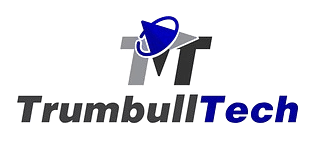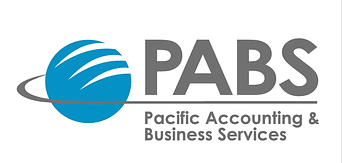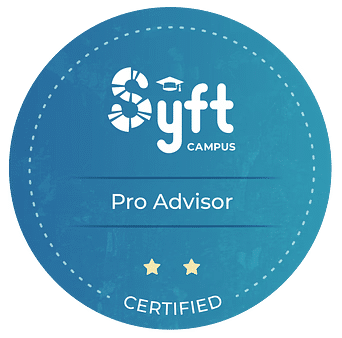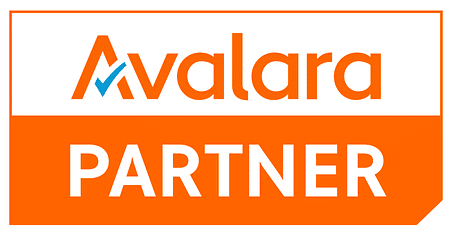Retirement Plans and Options for Small Business Owners
Your Retirement Plan Options: What Works for You?
Solo 401(k): A Powerful Option for Sole Proprietors
If you’re a sole proprietor or own a business without employees (other than a spouse), a Solo 401(k) is one of the best options available to you. It allows you to contribute both as the employer and the employee, which can result in larger contributions compared to other retirement plans.
With a Solo 401(k), you can contribute up to $23,500 (as of 2025) as an employee. Individuals who are over 50 can contribute an additional $7,500. As the employer, you can contribute up to 25% of your business’s compensation. This allows for a high level of savings, especially if you’re approaching retirement age and want to accelerate your savings rapidly.
SEP IRA: A Low-Maintenance Plan for Business Owners with Employees
The SEP IRA (Simplified Employee Pension) is another great retirement option, especially for business owners who have employees. While it’s an employer-funded plan (meaning you, as the business owner, make the contributions), it’s simpler to set up and maintain than other retirement plans. SEP IRAs also allow for higher contribution limits than a traditional IRA, with up to 25% of each employee’s compensation (including yours) being contributed annually.
This plan works well if you have a fluctuating income or if you want to maintain flexibility in how much you contribute each year.
SIMPLE IRA: A Simple, Cost-Effective Choice
If you have fewer than 100 employees, a SIMPLE IRA can be an excellent option. Unlike other retirement plans, both you and your employees can contribute to the account. The employer contribution is typically a match of 3% of employee salaries (or a non-elective contribution of 2%). With contribution limits of $16,500 per year for employees, plus the employer match, a SIMPLE IRA is an affordable and straightforward way to offer retirement benefits to your team while saving for your own future.
Defined Benefit Plan: A Pooled Pension Option for High Earners
For business owners who want a guaranteed income stream in retirement, a defined benefit plan might be a good fit. This traditional pension plan allows you to promise a specific payout amount upon retirement, based on your salary and years of service. While this option can be more complex and costly to administer, it allows for larger contributions than other retirement plans, making it ideal for business owners who are closer to retirement and looking to maximize their retirement savings.
The Next Steps: How to Set Yourself Up for Retirement
Once you’ve selected the right retirement plan for your business, the next step is to get organized and start planning. While each plan has its own specific steps for setup, there are general actions you can take now to ensure you are on track for a secure retirement. Even if you’re not planning on retirement anytime soon, small actions you take today can lead to greater success down the road.
Assess Your Retirement Needs
Before you dive into saving, it’s important to get a sense of how much money you’ll need to live comfortably in retirement. Think about your desired lifestyle: Do you plan to travel? Will you be downsizing your home? Consider how your spending habits might change in retirement.
Healthcare costs are another major factor to think about. As you age, you may require more medical care, so make sure to plan for these expenses. Don’t forget to factor in inflation. The purchasing power of your money will decrease over time. You’lll need more money to maintain the same standard of living.
Start Saving as Soon as Possible
The earlier you start saving, the better. The power of compound interest means that your savings can grow significantly over time if you begin early enough. Even if you can’t contribute the maximum each year, start putting aside whatever you can. As your business grows, you can increase your contributions. Setting up automatic contributions from your business account to your retirement plan is a great way to ensure consistent saving. Consistent contributions that you don’t even think about can be a real game changer.
Diversify Your Investments
While it’s tempting to put all your retirement savings into one place, such as a savings account or a single investment, diversifying your portfolio is key. Different types of investments, such as stocks, bonds, and real estate, all carry different levels of risk. A balanced mix of investments can help you ride out market fluctuations and grow your wealth over the long term.
As you near retirement age, it’s important to adjust your investment strategy to be more conservative, shifting toward safer, low-risk options. This reduces the chances of losing a large chunk of your retirement savings when you need it most.
Track Your Progress Regularly
Planning for retirement is not a one-time task. As your business grows or changes, so will your financial situation. Be sure to review your retirement savings regularly to ensure you’re still on track. If necessary, make adjustments to your contributions or investments. Consulting with a financial planner regularly can help you stay focused and make smart adjustments along the way.
Maintaining Financial Stability After Retirement
Reaching retirement doesn’t mean the financial work is done. Managing your finances in retirement is just as important as building your savings before you retire. You’ll need to create a sustainable income strategy that allows you to live comfortably without running out of money.
Create a Post-Retirement Budget
It’s essential to continue budgeting after retirement. Think about how your income will look—whether you have a pension, withdrawals from your retirement accounts, or part-time work. Track your expenses, including your mortgage or rent, utilities, food, and any other ongoing expenses.
Review your budget regularly to ensure you’re not overspending. This will help you avoid depleting your savings too early.
Healthcare Planning
Healthcare costs are one of the biggest concerns for retirees. Make sure you have an understanding of your healthcare options, such as Medicare, and consider long-term care insurance to cover potential medical needs down the road. Planning for these expenses will give you peace of mind and ensure you’re financially prepared for any surprises that may occur.
Ready to Take the Next Step?
Planning for retirement as a small business owner can feel complicated, but you don’t have to navigate this journey alone. With the right plan in place, you can ensure that you’ll have the financial security you need for a comfortable retirement.
Flexkeeper is here to help. Our team of experienced financial advisors specializes in small business retirement planning and can guide you through the process of selecting the right plan, managing your investments, and securing your financial future. If you’re approaching retirement or just want to make sure you’re on the right track, contact us today for a personalized consultation.










